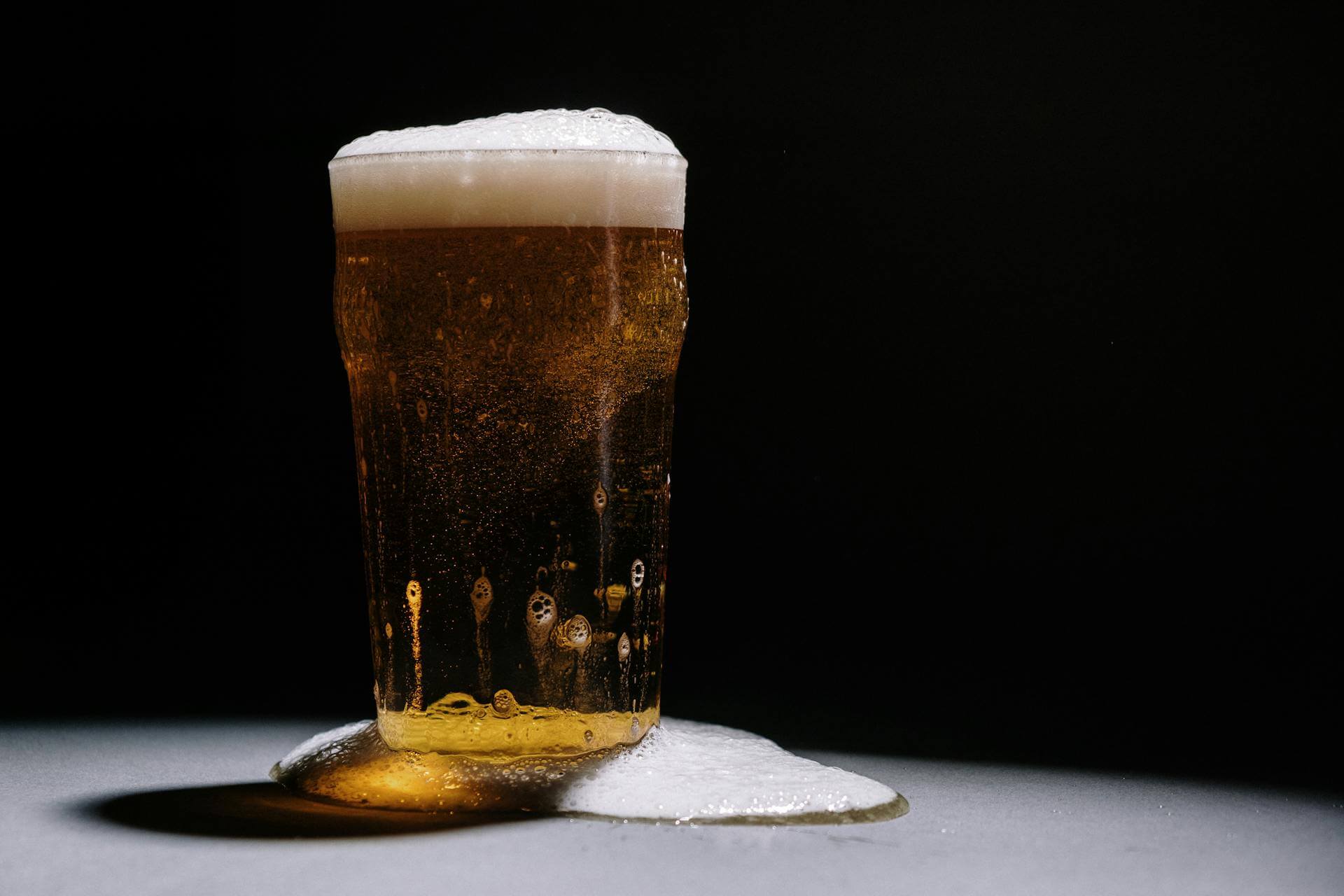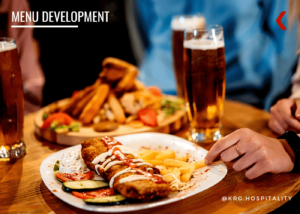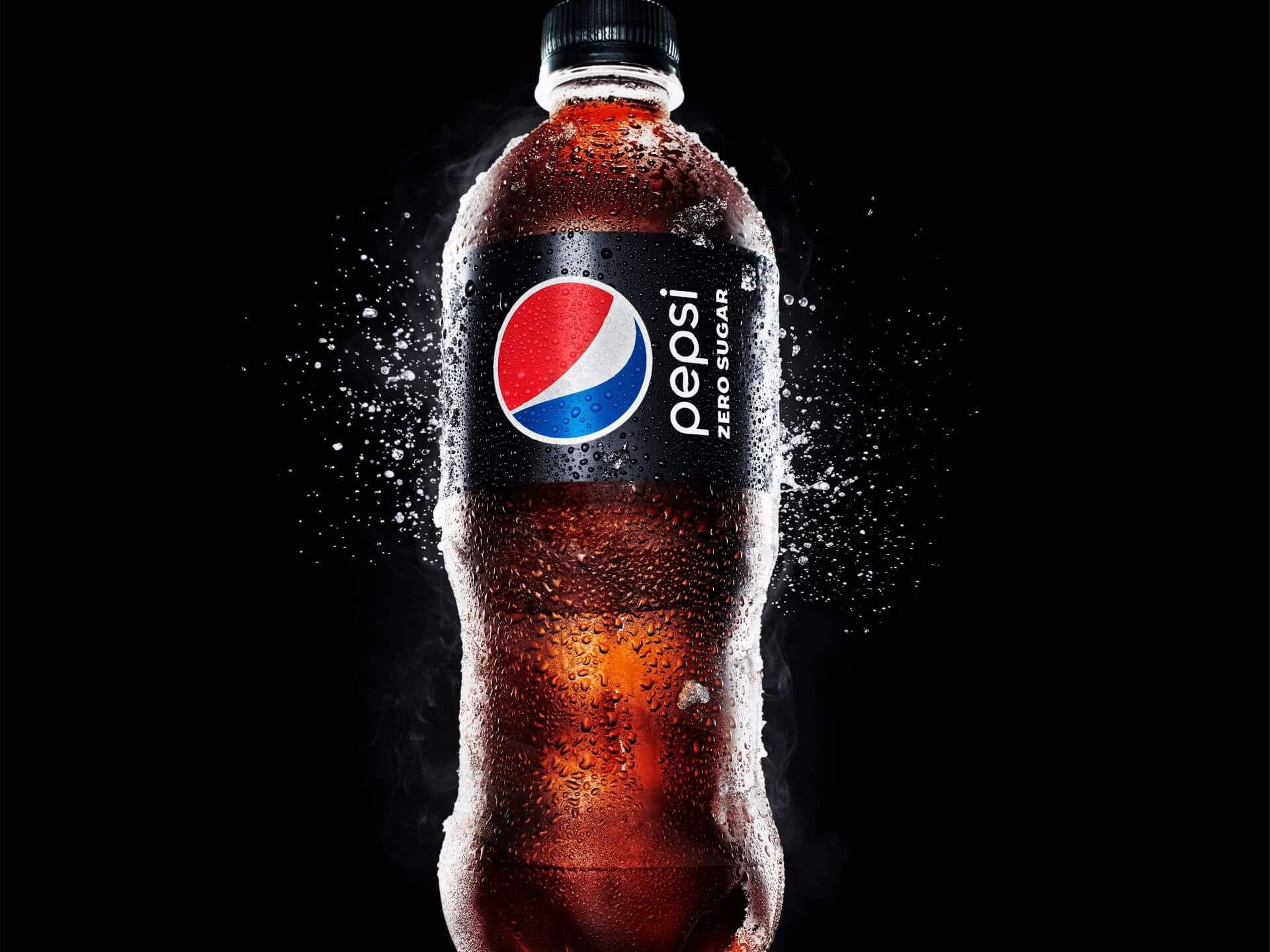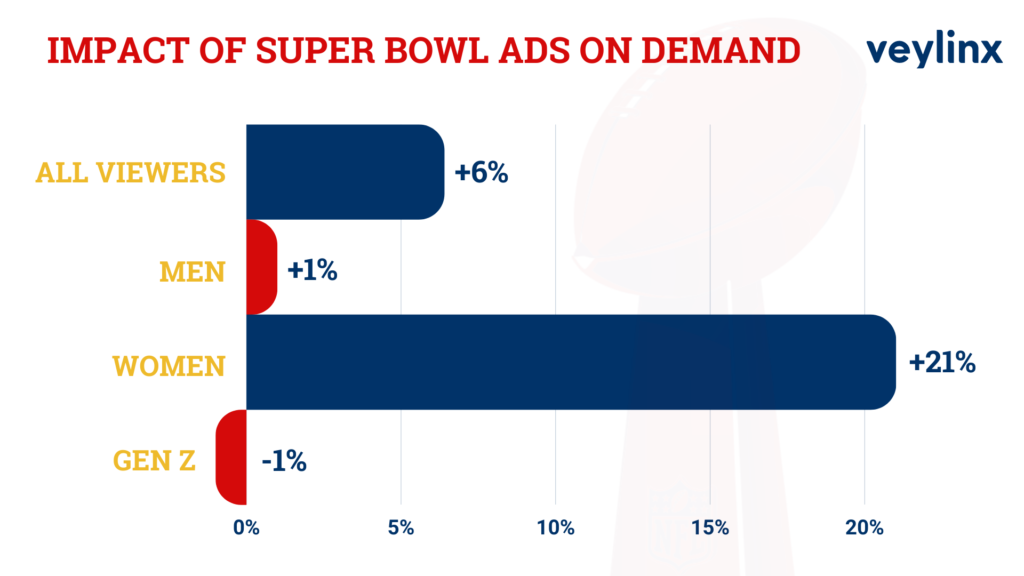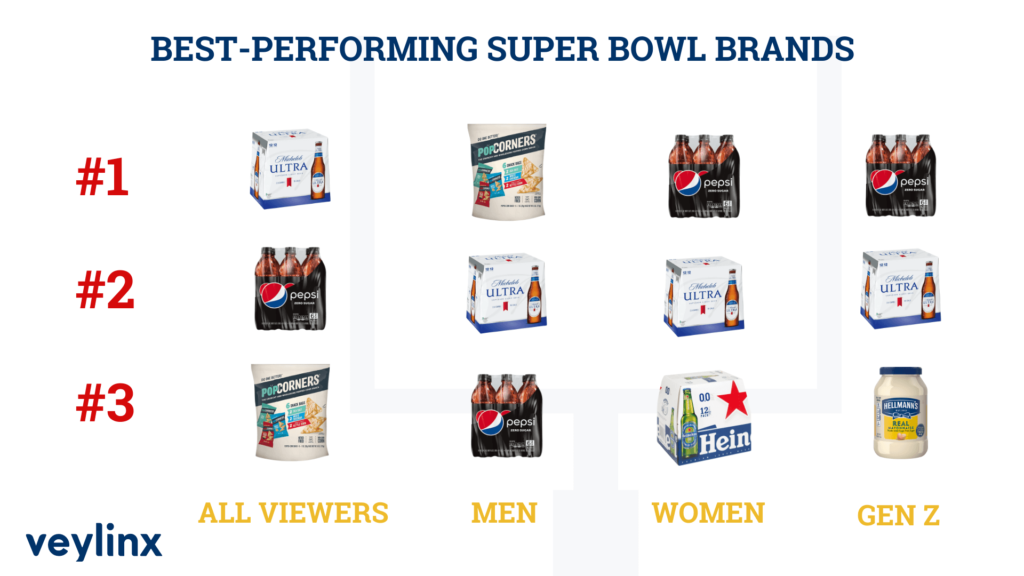Branding Chaos vs. Chaos Branding
by David Klemt
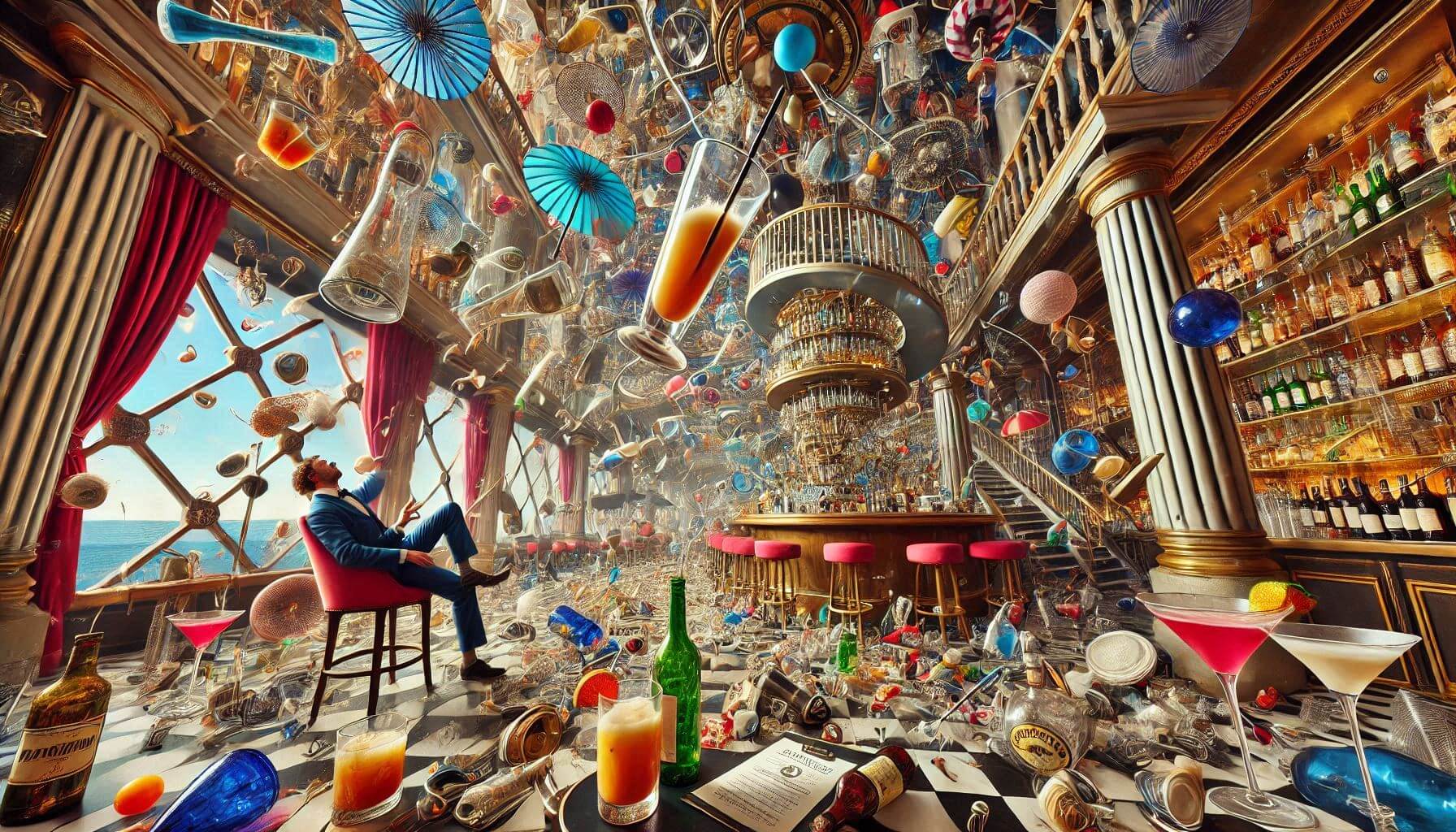
As realistic as this image appears, this was, indeed, generated by artificial intelligence.
It’s important to understand the marketing terms “chaos branding” and “branding chaos,” and what they mean for your business.
The first thing to realize is that the two terms aren’t interchangeable. One, when a brand executes it successfully, is a positive. The other goes in the opposite direction, and hints at a strategic problem.
In fact, it points to a lack of strategic clarity. And if you’ve been following KRG Hospitality president Doug Radkey’s articles, social media posts, or Hospitality Reinvented podcast episodes, or have attended one of his speaker sessions or webinars, you know strategic clarity is a KRG pillar.
So, what do the two terms mean, and why are they important?
Branding Chaos
Simply put, this isn’t good.
Branding chaos is a lack of clarity (there’s they keyword again) and consistency in branding. Generally speaking, when a brand lacks a clear and considered branding strategy, the result is branding chaos.
This can manifest in many ways, from the overt to the subtle. You’ll find some examples below.
Colors
A brand’s color palette is crucial to its branding strategy. This branding element is so important, in fact, that one of the eight KRG Hospitality playbooks is our branding strategy playbook.
Failing to establish a brand color palette and adhere to it strictly can create branding chaos.
Logo
Have you ever visited a company’s website, social channels, or brick-and-mortar location and seen more than one company logo? Or been handed a business card that had a different logo than the company’s current design?
That’s an egregious branding issue.
Slogans & Taglines
These are just as important to a brand’s identity as the logo. To provide clarity, the slogan speaks to a brand’s mission and is used in advertising; a tagline tends to be punchy and is used to promote brand awareness.
It’s one thing to have a slogan that’s a bit different from the tagline. It’s quite another thing when a brand generates multiple slogans and taglines, and it’s a problem.
Confusion
A great branding exercise is to ask your team members to describe your brand. If you’re not receiving consistent descriptions, your own team is confused about the brand, which is a red flag.
Voice
It’s important for a brand to establish its “voice.” To put this in simple terms, a key element of branding is attaching a personality to a brand. Is the brand silly? Snarky? Moody? Serious?
The brand’s messaging, from traditional advertising campaigns to social media posts, must embody that personality, or voice. Think about how jarring it can be for a brand that has established itself as serious or moody to take on a silly voice suddenly.
Consistency
Something as simple as seemingly small inconsistencies on a brand’s website, for example, can be a branding chaos warning sign.
At KRG, we’ve worked with clients who used “night club,” “nightclub,” “gastro pub,” “gastropub,” and even different versions of their brand name. That may seem like a simple error but, if not addressed, it’s a “small” mistake that harms the brand’s identity.
There’s also font mixing, or the use of several fonts on the same website or webpage. And that’s just on a website. Think about how a mix of inconsistent uniforms can affect guest perception.
Successful branding promotes engagement and loyalty, and requires a clear strategy. Or, strategic clarity.
Chaos Branding
Unsurprisingly, traditional branding methods don’t resonate with everyone. Speaking generally, many members of younger, tech-savvy, chronically connected generations find “old” marketing methods unappealing.
Again, I’m speaking in generalities; no demographic is a monolith. It’s crucial to develop a deep understanding of your target audience to communicate with them effectively.
That said, a common belief concerning Millennials and Gen Z is that they don’t trust polished content. Really, I’d say that applies to a significant number of people of all ages.
This is because social media posts and advertisements that are just too polished and slick put some people on the defensive. They immediately become suspicious that you’re only motive is to sell them something, and that your brand perhaps doesn’t share their values.
It’s not a leap to say this is the natural consequence of social media’s ubiquity. If nothing is real life on social media, everything is a trick or hustle.
Enter: Chaos branding.
Authenticity
Chaos branding seems far and away more honest and authentic because it eschews careful curation.
It seems off the cuff, in the moment, and honest. Chaos’ counterpart is curation. When we look at carefully crafted and curated posts, they seem to share the same aesthetic.
Whereas curated posts get lost in a sea of reels, stories, slideshows, and static images, posts that leverage chaos branding can cut through the white noise.
Be the Chaos
Get messy. Go maximalist. Be spontaneous. This is hospitality—every shift is punctuated with spontaneity and chaos. Embrace that, and share the reality of your brand’s day-to-day vibe to show people what they can expect when they visit.
To provide a solid example, Wendy’s snarky social media presence, complete with the audacity to roast rivals and even its own fans, has mastered chaos branding.
And if you really want to go hard, there’s unhinged branding. The image at the top of this article? It’s unhinged.
One way to leverage unhinged branding, if it matches your brand authentically, is to ask AI to make a video for your brand. If it’s just…unstable, you’re on the right track. But…it must be cool.
Takeaway
Branding and marketing require strategic clarity. That’s non-negotiable for operators who want to achieve long-term success and craft a legacy.
Our eight playbooks are bespoke documents that provide a roadmap to success built on strategic clarity.
However, chaos has a place in clarity, as at odds as those concepts may appear. Savvy operators can succeed with chaos branding if they make it a part of their well-crafted, carefully considered strategy.
Image: Microsoft Designer
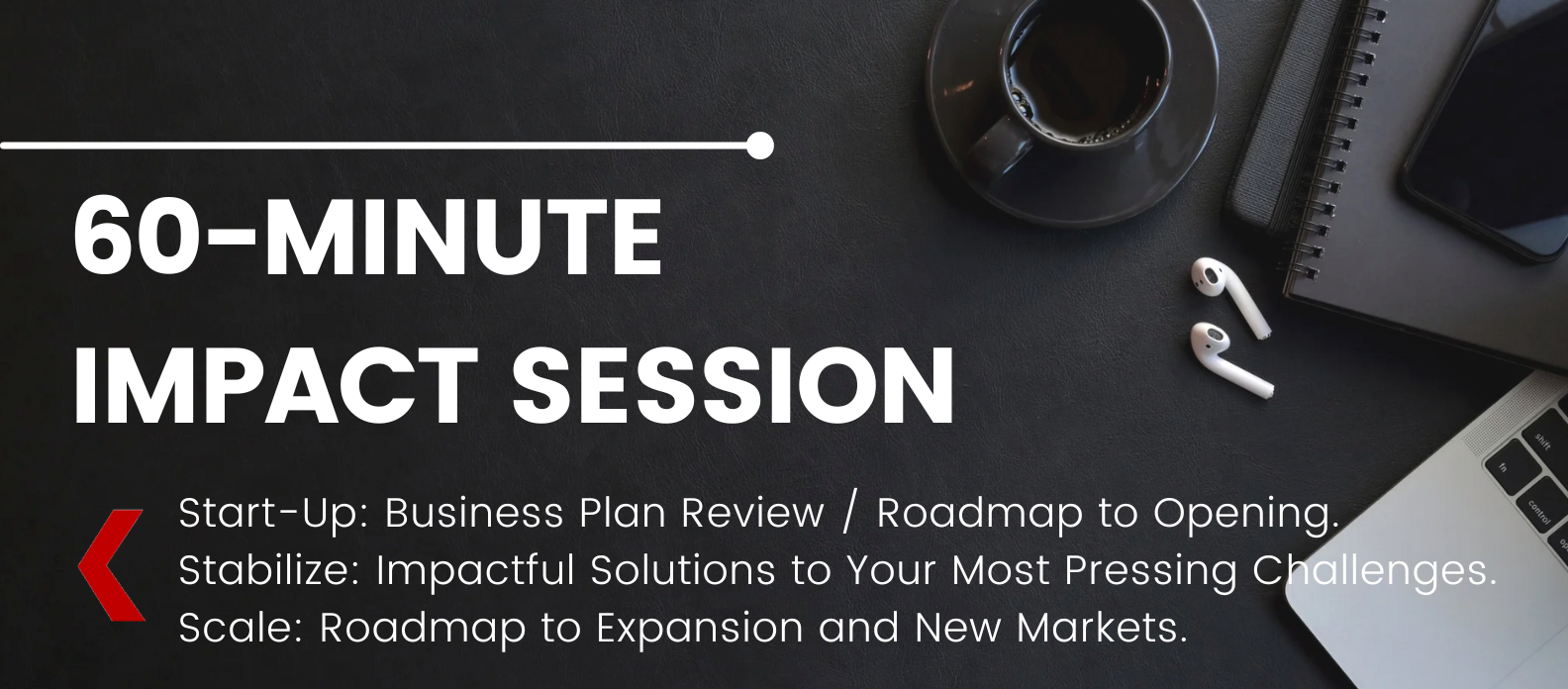
Looking to Start, Stabilize, or Scale? Book Below to Setup a 60-Minute Result-Driven Impact Session.

